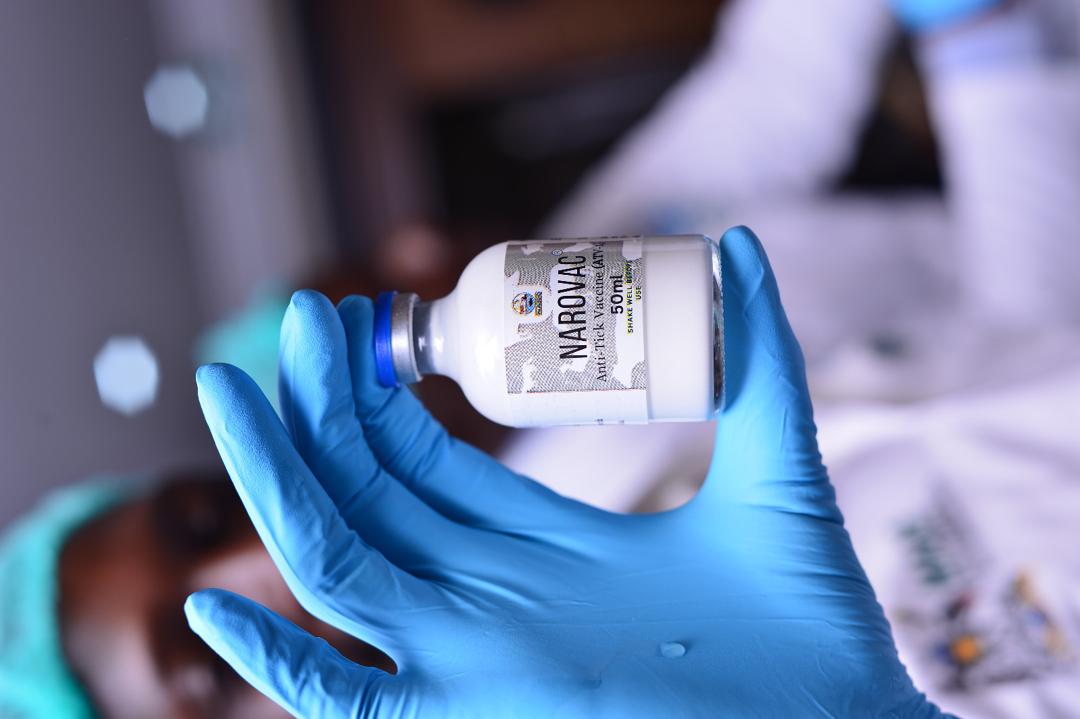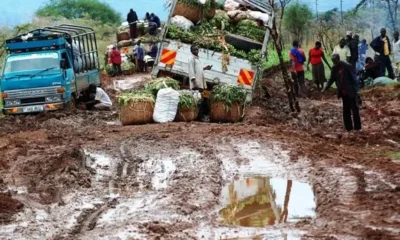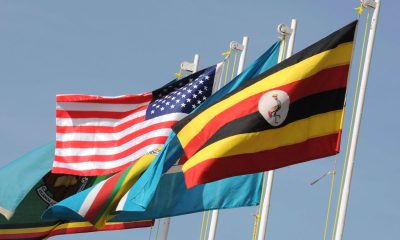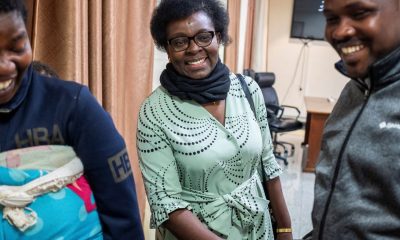Opinions
Peter Wamboga-Mugirya: Uganda’s Livestock Vaccine To Curb Shs 3.8 Trillion Cattle Losses Ready
Did you know that Uganda has developed an animal vaccine, the first-of-the-kind in Africa, for the control of ticks and tick-borne diseases (TBDs), which currently are responsible for up to 3.8 trillion shillings annual losses in the livestock sub-sector.
The vaccine, researched and developed by the National Agricultural Research Organisation (NARO) through its National Livestock Resources Research Institute (NALIRRI) at Nakyesasa, Wakiso District.
In spite of this great continental breakthrough, this vaccine, known as “NAROVAC” could easily join so many other cutting-edge technologies lying idle on the shelves and in laboratories around the country that could have otherwise transformed our agriculture, because deeply entrenched interests always fight against these scientific innovations.
This 100% Government-sponsored anti-tick vaccine, designed to protect livestock which have for long been mostly vulnerable to the killer-brown ear tick, shall empower farmers by contributing to a strong tick-free future and healthy herds, if and only if, interference by mainly manufacturers, importers, distributors of acaricide,s and anti-vaccine NGO activists (vaxxers) do not confuse livestock farmers to reject the vaccine.
According to NARO officials and my good knowledge of the workings in the private sector-dominated multi-billion-dollar business of animal drugs and medicines, tell me that as the State-run institution prepares to roll out the vaccine, evil underground strategies aimed at hampering the progress of the vaccine are already underway.
The officials who want to remain anonymous say the NAROVAC innovation, being Uganda’s first patented anti-tick vaccine developed using locally common tick species, offers a targeted solution for controlling ticks and reducing tick-borne diseases in livestock.
How it Works:
- It stimulates the animal’s body defence system to improve its ability to fight against ticks.
- Blood from a vaccinated animal disrupts the tick’s feeding and egg-laying system, weakening it to death.
- Tick populations decline over time.
Benefits of Using NAROVAC Anti-Tick Vaccine
- Economic benefits: according to NARO’s Development Communication Specialist based at NALIRRI, Ms Winnie Nanteza, the NAROVAC reduces the cost of tick control through reduced chemical use and associated expenses, mortalities and improved productivity.
- Social benefits: Improved livestock welfare, reduced farmer stress/strain on the pocket.
- Environmental benefits: NAROVAC contributes to reduced use of chemicals, thereby contributing to a clean environment and conservation
- Tick Resistance: The use of NAROVAC delays and will eliminate tick resistance
- Public health benefit: The use of NAROVAC eliminates the risk of chemical poisoning in animals and handlers.
NAROVAC is Safe for animals and humans. Research shows that NAROVAC is safe for both animals and humans.
Milk, meat, and other products from vaccinated animals are safe for consumption. In fact, increased use or application of chemicals like acaricides on animals to fight ticks contaminates the animal meat, milk and negatively affects the hide and skin quality.
NAROVAC does not affect animals’ fertility, pregnancy, or other body functions and processes (body temperature, digestion, respiratory rate, or heart rate).
NAROVAC reduce tick infestations; Proper use and application of NAROVAC results into a progressive reduction in tick infestation on livestock within the environment, reducing tick infestation.
NAROVAC is used alongside other tick control measures
NAROVAC should be integrated with other tick control methods.
NAROVAC Regulatory and Biosafety Procedures;
According to Winnie, the development of NAROVAC Anti-Tick Vaccine was conducted under strict regulatory oversight by: The National Drug Authority (NDA), The Uganda National Council for Science and Technology (UNCST), The National Biosafety Committee (NBC), Institutional Biosafety Committees (IBCs), Institutional Animal Care and Use Committees (IACUCs), Department of Animal Health (MAAIF), and Independent clinical inspectors
“The necessary biosafety measures were implemented throughout the trial phases,” says Winnie.
NAROVAC Distribution: It is distributed and sold to farmers at an affordable price through the National Veterinary Extension Service Delivery System and authorised public-private partnerships.
Against this elaborate background, I want to state that it is simple logic that if our livestock sub-sector registers over Shs 3.8 trillion annually, this is just unimaginable to a poor country like ours yet our scientists have developed such an effective and environmentally-friendly intervention (NAROVAC). The government should deploy all manner of infrastructure, human and financial resources to ensure no one misleads livestock farmers about this vaccine.
I have learnt that in our neighbouring Democratic Republic of Congo (DRC), a kilogram of beef from Uganda costs an equivalent of Ug. Shs 100,000. So, I’m told most cattle exports from Uganda now go to DR Congo, and our abattoirs are being starved of animals, leading to a rise in meat prices on the local market. Almost the same applies to milk. But this kind of lucrative cattle (beef) business cannot be sustained if we register losses worth over Shs 3.8 trillion.
In 2023 alone, Uganda exported a total of US$8.39 billion (about more than Shs 302 trillion) in livestock and livestock-related products, making our country the 109th exporter in the world. During the last five reported years, the Ugandan exports have increased by $4.19bn from $4.2bn in 2018 to $8.39bn in 2023. The most common destinations for Ugandan exports are: United Arab Emirates (UAE) $2.11bn, India ($1.51bn), Kenya ($713m), Hong Kong ($711m), and South Sudan ($536m).
We must all therefore fight tooth and nail to save our animals. It is from the livestock subsector that our people in the cattle corridor that runs all the way from Karamoja across eastern and central regions, up to Uganda’s southern border with northern Tanzania, that depend on the animals.
Comments


























